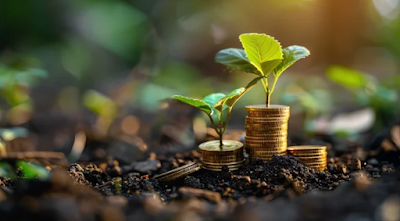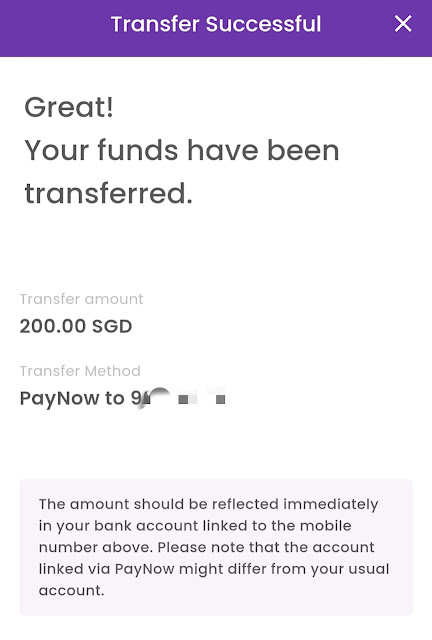
The Central Provident Fund (CPF) Board has announced significant changes to the CPF scheme, which will come into effect in 2025. These changes aim to enhance retirement adequacy and provide more flexibility to CPF members.
Key Changes in 2025:
1. Increase in Ordinary Wage Ceiling
The CPF Ordinary Wage (OW) ceiling limits the amount of OW that attract CPF contributions in a calendar month for all employees. The OW ceiling will be raised to $8,000 by 2026. The increase took place in four steps since 1 September 2023 to allow employers and employees to adjust to the changes.
There will be no change to the CPF annual salary ceiling of $102,000, which sets the maximum amount of CPF contributions payable for all salaries received in the year, inclusive of both Ordinary Wages and Additional Wages.
There will be no changes to the Additional Wage ceiling and CPF Annual Limit, where they will remain at ($102,000 – Total Ordinary Wage subject to CPF for the year) and $37,740 respectively.
Please refer to the table below for the CPF OW and annual salary ceilings from 2023 to 2026.
2. Increased CPF Contribution Rates
From 1 January 2025, the CPF contribution rates for employees aged above 55 to 65 will be increased to strengthen their retirement adequacy. The changes apply to wages earned from 1 January 2025:
3. Closure of CPF Special Account for members above 55
The CPF Special Account (SA) will close in the second half of January 2025 for members aged 55 and above.
The savings in the SA will be transferred to the Retirement Account (RA), up to the Full Retirement Sum (FRS), so that members can get higher payouts. Any remaining SA savings will be transferred to the Ordinary Account (OA) which earns the short-term interest rate and can be withdrawn when needed.
Members can top up their RA to the Enhanced Retirement Sum (ERS), transfer CPF savings to their loved ones, or have the flexibility to withdraw or invest the CPF savings in their OA.
Members can view the estimated amounts that will be transferred from their SA to their RA and/or OA by logging in to their CPF Retirement Dashboards.
When your SA is closed, your SA savings will be transferred to the RA, up to your FRS, so that you can get higher monthly payouts. These savings will continue to earn the long-term interest rate.
If you have set aside your FRS, whether fully in cash or with a mixture of property and cash, any remaining SA savings will be transferred to your OA. These savings will earn the short-term interest and can be withdrawn when you need them.
4. Enhanced CPF Retirement Sum
From 1 January 2025, the Enhanced Retirement Sum will increase from three times to four times of the Basic Retirement Sum (BRS). This will provide CPF members aged 55 and above the option to voluntarily top up more to their Retirement Account (RA) for even higher monthly payouts in retirement.
The ERS in 2025 will be $426,000. To illustrate, members turning age 55 in 2025 can receive CPF LIFE monthly payouts of more than $3,000 for life from age 65, if they choose to top up to the raised ERS in 2025.
5. Increase of Basic and Full Retirement Sum
The Basic Retirement Sum (BRS) and Full Retirement Sum (FRS) will be raised. This increase reflects the rising cost of living and aims to provide a more comfortable retirement.
Here are the retirement sums that are applicable to members who turn 55 from 2024 to 2027:
6. Increase of Basic Healthcare Sum
The Basic Healthcare Sum (BHS) is the estimated savings required for basic subsidised healthcare needs in old age. The BHS is adjusted yearly for members below age 65 to keep pace with the growth in MediSave use. Once members reach age 65, their BHS will be fixed for the rest of their lives.
From 1 January 2025,
1. For members aged below 65, their BHS will be raised from $71,500 to $75,500.
2. For members who turn 65 years old in 2025, their BHS will be fixed at $75,500 and will not change thereafter.
For members aged 66 years and above in 2025, their cohort BHS has already been fixed and will remain unchanged.
Members can make contributions to the MediSave Account (MA) up to the BHS. MediSave contributions in excess of a member’s BHS will be automatically transferred to his or her other CPF accounts.
CPF members who have less than the BHS are not required to top up their MA and will still be able to withdraw from their MA to pay for approved medical expenses.
6. Interest Rates for SA, MA and RA reverts to 4%
The interest rate for CPF Special, MediSave and Retirement accounts will dip to 4 per cent per annum in the first quarter of 2025.
The lower interest rate is due to a decrease in the 12-month average yield of 10-year Singapore Government Securities.
The Ordinary Account (OA) interest rate will remain unchanged at 2.5 per cent for the first quarter of next year.
The concessionary interest rate for HDB housing loans, which is pegged at 0.1 per cent above the OA interest rate, will remain unchanged at 2.6 per cent during the same period.
In line with the government’s efforts to boost retirement savings for CPF members, members will continue to earn extra interest on their CPF savings.
Those below 55 years old will earn an extra 1 per cent interest on the first S$60,000 (US$44,460) of their combined balances. This interest is capped at S$20,000 for the OA.
Members aged 55 and above will receive an extra 2 per cent interest on the first S$30,000 of their combined balances, capped at S$20,000 for the OA, and an extra 1 per cent on the next S$30,000.
The extra interest earned on the OA balances will go into a member’s Special Account or Retirement Account.
Members who are above 55 years old and participate in the CPF LIFE scheme will still earn the extra interest on their combined CPF balances. This includes the savings used for CPF LIFE.
7. Matched Retirement Savings Scheme
As announced in Budget 2024, the MRSS will see the following enhancements from 1 January 2025:
Eligible seniors can make more top ups to their RA and receive the higher matching grant amount.
Additionally, the removal of age cap means that more seniors will be eligible to enjoy the benefits of MRSS.
The cash top-up and the matching grant in your RA will earn risk-free interest rates of up to 6% per annum. This allows seniors to accumulate more savings, boosting monthly payouts in retirement.
8. CPF Contributions by Platform Workers
From 1 January 2025, platform operators are required to deduct CPF contributions from platform workers' earnings as and when they earn and submit it to CPF Board every month. This will help platform workers make timely CPF contributions without needing to submit the CPF contributions themselves.
According to CPF's definition, Platform workers provide ride-hail or delivery services under a platform work agreement with a Platform Operator (PO), and receive a payment or benefit; and are under the management control of the PO when providing the platform service.
For platform workers who are mandated or opt in to increased CPF contributions, Ordinary, Special and MediSave contributions will be deducted.
For platform workers who do not opt in to increased CPF contributions, only MediSave contributions will be deducted.
Details are found on CPF website: https://www.cpf.gov.sg/member/growing-your-savings/cpf-contributions/saving-as-a-platform-worker
Why These Changes Matter:
These CPF changes are designed to help Singaporeans build a stronger financial foundation for their retirement. By increasing CPF contributions and raising the retirement sums, individuals can accumulate more savings over their working lives. The enhanced CPFIS will provide more opportunities for members to grow their CPF savings and potentially earn higher returns.
By understanding these changes and taking proactive steps, you can make the most of your CPF savings and secure a comfortable retirement.
Disclaimer: Please note that this is my personal general overview of the CPF changes. It's advisable to consult with a financial advisor or refer to the official CPF website for the most accurate and up-to-date information.
Thanks for reading.
With love and peace,
Qiongster










































